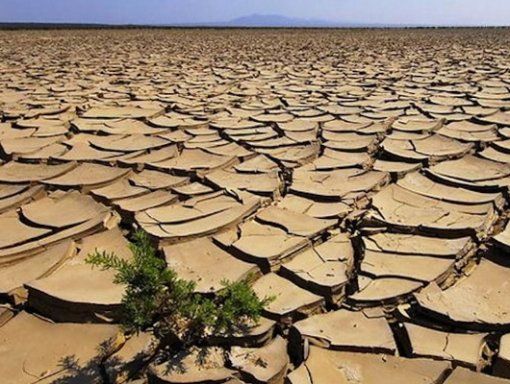KILIFI, Kenya, Oct 17- Kilifi is among 20 counties marked by the meteorological department and other government agencies as facing an acute drought that threatens livelihoods and lives due to the death of animals and crop failure.
With the skies failing to bring forth rain for the last five seasons, it has become important for the state and other agencies to engage farmers in climate-active agriculture to ensure food security and sustainability in the unknown future.
For many households in the country, a meal of ugali and vegetables isn’t assured for lunch and dinner, so such opportunities to sit down as a family for such a meal are highly cherished.
Access to adequate quantities of nutritious Food remains a challenge for many, especially in arid and semi-arid regions, which make up 80 percent of the country’s land area.
Factors include rapid population growth – at a rate of 2.9 percent a year – climate change, stagnating agricultural production, and inefficient food systems.
Food insecure families typically live in rural areas, are poor and depend on daily agricultural labour for income.
Whilst many here depend on their fields to at least feed their families, those fields have yielded less and less with each passing season, causing worry and panic in the community.
“Drought has now become part of our lives. We haven’t experienced rainfall for more than 5 years,” Rose Nyanje, a resident of the County said.
“Hunger has become a permanent feature here.”
The sight of dried-up crops in fields even before they reach maturity had become the norm over the last few years, as many farmers depended wholly on rain-fed crop growing.
“There is a lot of crop loss, fertility of the soil is also affected by the drought. We have a high prevalence of pests and diseases to our crops such that Our farmers are unable to, produce more,” Japhet Kombe, a field Agriculture Officer in Magarini said.
Lack of moisture plays a huge role in crop failure in these parts of the country.
“When you plant the crops, they lack water and they cannot grow to maturity. There is premature drying during the growing period, so people of Kilifi are suffering from food insecurity due to drought,” he added.
Whilst the future of regular rain seasons hangs in the balance in the wake of climate change, the communities in Magarini, Kilifi have begun looking at other ways of enabling their crops to thrive on the farms despite the harsh conditions caused by climate change that they face.
“We have moved to a climate active programming to mitigate climate change by training farmers on climate-smart agriculture, through micro-irrigation, conservation agriculture, ago-forestry among other interventions. so that they can be able to still produce under this severe climate situation that we are in,” Larry Mwendo project officer at World Vision in Kilifi said.
Through funding from government and non-governmental organizations, many farmers here can produce crops at least twice a year, enriching their diets and having some left to sell.
Whilst the state and other plays are set in motion measures to mitigate the effects of climate change, there is still a major challenge in the community.
“The major challenge that we have faced in doing this is that in Kilifi county, there is no policy that binds people to charcoal burning. So even if someone is caught with ten sacks of charcoal, there is no one that holds them responsible for that. It is happening a lot and increasing the climate change effects,” Mwendo said.
Science has played a key role in enabling the government to come up with short and long-term mitigation efforts.
“We are issuing certified seeds, which take a short time to grow to maturity. Another one is that we are encouraging our farmers to caution them against crop loss. We also encourage our farmers to undertake irrigation methods of farming so that they can harvest all through,” Kombe said.
Just in case the weather proves a challenge and still ravages the crops in the fields despite best efforts, there is another way of saving grace.
“We have also advised our farmers to take crop insurance against their specific crops, so that they can be compensated in case of crop loss,” Kombe pointed out.
In May, the Kenya Food Security Steering Group (KFSSG) conducted an IPC acute food insecurity and acute malnutrition projection update for May and June 2022, determining that 4.1 million Kenyans in the Arid and Semi-Arid Lands (ASALs) are acutely food insecure.
Due to this, in marginal agricultural areas, households will be temporarily Food secure as the below-average short rains harvests become available; however, the report noted that this will be short-lived as the harvest will be below average.
Want to send us a story? Contact Shahidi News Tel: +254115512797 (Mobile & WhatsApp)


